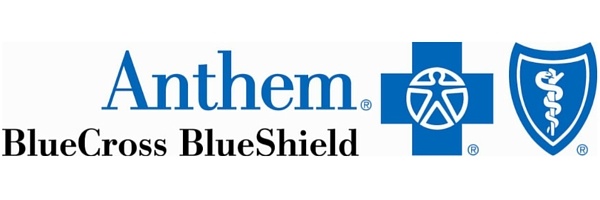Military Family Resources
Military Family Resources

Insurance Provider Links
There are additional ways that you as a provider can reach out to military clients and their family members in addition to joining Star Behavioral Health Providers. Opting into an insurance network that provides coverage for military members is one way of doing this. Below you will find links that can assist you in doing so if you are interested. Your decision to join one of these insurance provider networks is unrelated to your status with Star Behavioral Health Providers but surveys will ask if you have considered joining, or have joined any of these networks.
Give an Hour
Visit the Give an Hour website to learn more about registering to donate one hour per week to the treatment of military members and their families.Military OneSource
Military OneSource offers counseling services to service members. If you are interested in being a provider contact Military OneSource at 800-342-9647.Tricare
Visit the TRICARE website to learn more about becoming a TRICARE provider. There are multiple types of TRICARE providers with each offering a different level of flexibility to you as the provider.The Soldiers Project
The Soldiers Project is a non-profit organization dedicated to providing free, confidential psychological services to US military veterans and their loved ones who have served at any time after September 11, 2001. Visit their website to learn more about becoming a volunteer.Veterans Choice Program
The Veterans Access, Choice, Accountability Act (VACAA) of 2014 is a law that expands the number of options Veterans have for receiving care to ensure that Veterans have timely access to high-quality care. The VACAA allows eligible Veterans who live more than 40 miles from a VA facility or are unable to get a VA appointment within 30 days of their preferred date, or within 30 days of the date determined medically necessary by their physician, to obtain approved care in their community instead.Eligible Veterans must contact Health Net Federal Services, LLC (Health Net) to obtain authorization for all care under the Veteran Choice Program (VCP). Veterans are encouraged to access health care through Health Net’s comprehensive network of community-based, non-VA medical professionals who meet VA quality standards. These highly qualified providers are contracted as part of Health Net’s URAC accredited Patient-Centered Community Care (PCCC) network and proudly serve our Veterans today in PCCC. More information can be found at : http://www.va.gov/opa/choiceact/index.asp
[wpdevart_youtube]CpNJMLp-a2o[/wpdevart_youtube]
LINKS TO RESOURCES
Information Referenced During Training
Video of kids’ experiences about parents who deploy
Acronym List
Military Acronyms and Terminology
Clinical Resources
Defense and Veterans Brain Injury Center
Deployment Health Clinical Center
Center for Deployment Psychology
VA/DoD Clinical Practice Guidelines
Military Organizations
Iraq and Afghanistan Veterans of America
Veterans of Foreign Wars (VFW)
Military Supports
National Military Family Association
United States Organizations (USO)
U.S. Department of Veterans Affairs
Wellness Resources
Military News
[wpdevart_youtube]kgMPV2eG64Q[/wpdevart_youtube]
 How does Bipolar Disorder affect someone over time?
How does Bipolar Disorder affect someone over time?
